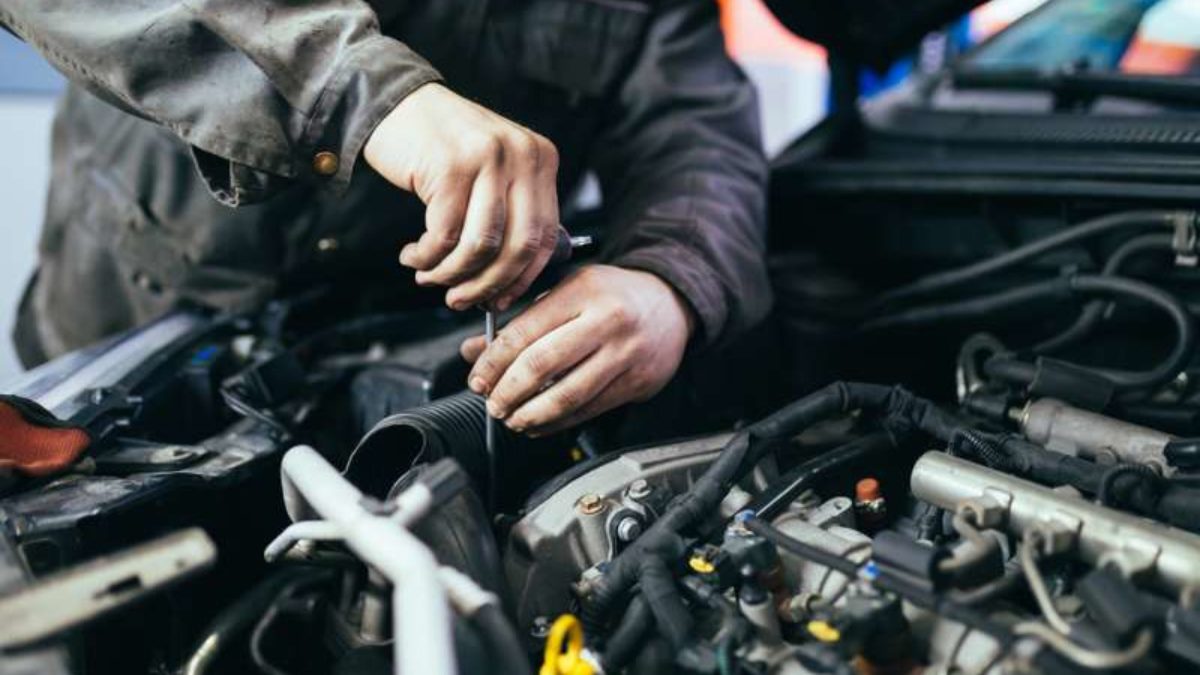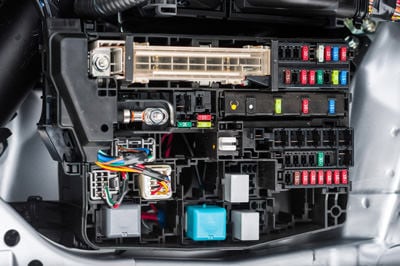
Flooding is very common in Nigeria during the raining season usually between the months of March to November. the coastal regions of the south and some areas of the middle belt are more prone to flooding.
In most places, it takes just a light shower for the streets to turn into
streams of raging water. some cars are manufactured to cross streams and small bodies of water but till date no car is capable of functioning when fully submerged in water. Since flooding is a natural disaster which cannot be fully eliminated, proper precautions must be taken to ensure the safety of your car during raining seasons. below are the essential steps you can take to save your car from total damage after being submerged in flood water.
AVOID FLOODED AREAS
This is the most important precaution to take whenever you are caught in a downpour. Avoid areas that are likely to get flooded after or during a downpour, instead use alternative routes preferably the ones on higher grounds.
Never attempt to cross a body of water if you have not crossed it before or if cars similar to yours aren't crossing successfully. Remember that if you are driving a vehicle that weighs less that 5000 pound i.e. Toyota Camry or corolla, flood water measuring up to 2 feet is capable of floating your car and even washing your car way with it.
WHAT IF MY CAR IS STUCK IN A FLOOD?
If you are trapped in flood water with no easy way out, the following tips will be of great help
TIP 1
DO NOT ATTEMPT TO START YOUR ENGINE
Starting your engine when your car is submerged in water is rather a very good way to destroy your car. The first to go will be your engine (it will automatically be damaged beyond use), so don't try it.
NOTE: If your engine is on idle RPM when it is submerged in water, the chances of totally damaging your engine is minimal as compared to revving it in an attempt to pull it out of water.
TIP 2
REMAIN CALM
Remain calm and if possible evacuate the car and seek safety on higher grounds.
TIP 3
GET A TOW TRUCK
After the water level have receded, call a tow van to have your car pulled out of the mud or residual flood water. make sure your battery terminals are properly disconnected. DO NOT START THE ENGINE!!
TIP 4
CALL INSURANCE
After the vehicle has been towed out to a save place you can then call your insurance company if your car is covered by any insurance policy. Use that time also to clean your car by drying off all residual water on the floor of the car including the seats and carpets. Use a wet/dry vacuum drier if available.
TIP 5
CALL YOUR MECHANIC
Your mechanic will be the right person to call to check the engine in order to ensure that water has not entered into any of the cylinders. He may change all the spark plugs if necessary, drain the all the engine lubricant (engine oil) and brake fluid (hydraulic) and replace them with new ones to ensure that there are no traces of water in them.
The mechanic will have to rid the engine of water by cranking the engine with spark plugs removed one after the other. THIS IS TO PREVENT HYDROLOCK.
TIP 6
IDLE YOUR ENGINE
Once the engine is started, allow it to run by itself, do not rev the engine. After running for some time, you may turn it off and decide to change the lubricants again just to be certain that water isn't trapped inside the engine in any way.
TIP 7
REV THE ENGINE SOME MORE
Start your engine again, this time engage the gear and drive it slowly while paying careful attention to any noise coming from the engine. Increase the speed gradually when you are confident of the condition of the engine and the transmission system.
TIP 8
ELECTRICAL SYSTEM
Now your car is save to drive. return to the workshop and have the electrical circuits checked for possible faults.








.jpeg)
Comments
Post a Comment